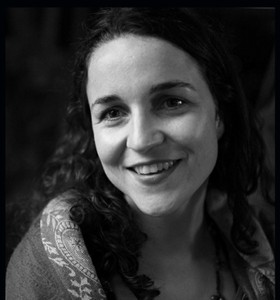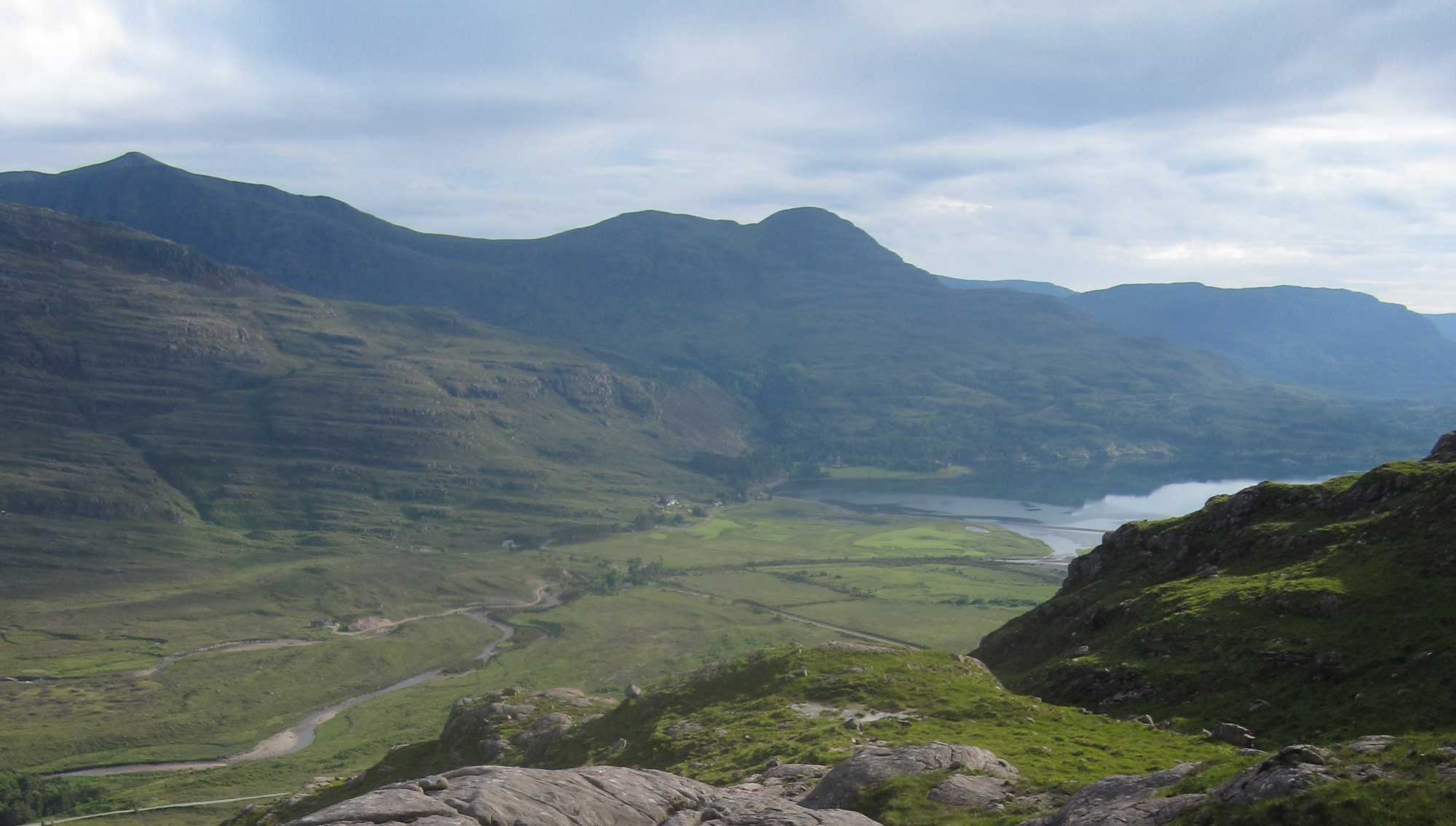
A roe deer skull I found on Glen Clova. The back of the antlers were black so I wonder if it was running from the muirburn? Or died before the heather was burnt off?
One of my many New Year’s resolutions, is to learn to describe better my two great loves: food and nature. So here’s a start:
Blue Hare
The thing about blue hares, is they really are blue. You wouldn’t realise it until you see them in winter. The heather is burnt down to the stalks, no longer a pretty mauve, but deep purple like an angry scar. A soft dusting of snow turns the shrubs soft blue and the hares, like wraiths, disappear.
We don’t see them until they move: Lolloping along among the grey rocks or bounding over the snow. ‘Long lugs’ we call them in Scotland. The black tips give them away as they race ahead, like spotting a roe deer, except the movement you catch is not a white bottom, but black tops. Then they stop. Again, invisible on the blue mountain.
The snow hares turn from tawny brown to white in around October. Sometimes they are caught short, wearing their winter coats when the mountain is still so many hues of brown. They are exposed, like the Emperor’s New Clothes. For now they are perfectly camouflaged.
The snow has come late to the Angus Glens, only settling on the tops, while below it seems everything turns to water, flooding farmyards and making puddles out of the fields. The Blackie sheep stand on hummocks in the sodden fields, as if playing King of the Castle.
We climb up from the Glen Clova Hotel, the bog cotton becoming easier to walk on as the peat hags turn to packed ice. We soon lose the path in the snow and the excitement of seeing the hares. It is tempting to follow the petals of their footprints scattered over the frosted heather.
Red Grouse
Or are they grouse prints? After all, the Latin name for grouse: Lagopous lagopous means Hare’s Foot. The Romans gave the birds the name for the white feathers on their feet, Lago – hare, Pous – foot. The white spats also give the grouse a comical air, suitable for tap dancing – or adorning a whisky bottle.
As we climb, coveys of grouse fly before us shouting their familiar call: “Get back, get back.” Don’t worry, I want to say, I won’t shoot you. Do I look like a man in tweed? Do I look like I can afford £150 for a brace of grouse?
The estates around here have had a good season, but now the guns have all gone home to the city. The dry stone grouse butts are tumbling down, the season is over.
I watch a bird high above us, thinking it must be an eagle, so high. But no, it is a grouse, flapping his little wings furiously, proving he is more than ‘sport’.
White room
The cloud has descended and we must rely on the map now for our walk along the ridge. The white room, they call it in mountaineering circles. I lose all sense of direction and begin to feel anxious. I know we are on a mountain top because the earth beneath my boots has turned to boulders, slick with ice over the lichens, but we could be anywhere. The names suggest a magical world: The Laird’s Chamber, The Snub, King’s Seat, the plateau of Green Hill, like Lord of the Rings or The Dark is Rising.
Miraculously, or like it always does in the mountains, the weather changes. Suddenly we can see the blue Angus glens behind us, before us the green hills of Perthshire, below us the deep black of Loch Brandy.
I feel confident enough to sit down and have a cup of tea from the thermos. We finish off the last of the Christmas cake and set off down the proper path. The new year has begun.


